10 Reasons to Play Slav Defense
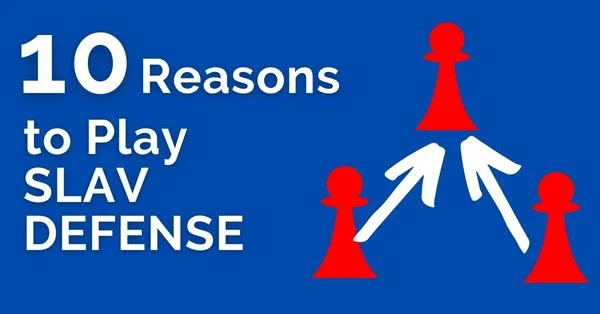
The Slav Defense was a perennial sight on the chessboards of masters in the early 20th century. This an astute reply to White’s Queen’s Gambit, whose sole creation was based on solving the problems inherent to the Queen’s Gambit Declined. It is a solid defense and is played from the beginner to the World Championship level. Even though it is an old opening it is still played by many of the world’s top grandmasters. In this article, we will take a look at 10 reasons why you should play the Slav defense.
1. Solid Defense
The Slav defense is a solid defense for black in chess because it allows black to maintain a strong pawn structure and fight for the center. This opening also gives Black the option of developing the light-squared bishop outside the pawn chain, avoiding the problems of the QGD & French-like structures. The Slav defense is considered one of the most reliable and flexible defenses for black against 1.d4.
2. Universal Structure of the Slav Defense
In Chess sometimes knowing about a position more than your opponents is a big plus. Even if the position is objectively slightly inferior, you knowing the ins and outs of the position put practical problems for the opponent to solve. In the Slav Defense, Black most of the time enjoys the privilege of playing in a structure that they know.
For example, after dxc4, black plays with the pawn structure with pawns on c6 and e6. This structure has well-known plans.
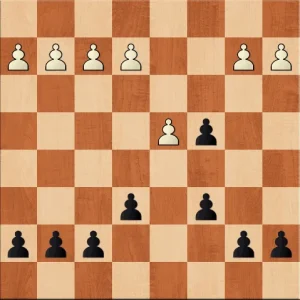
This is a huge psychological advantage during a practical game because you play so many games with this structure that you can effectively respond to any ‘surprises’ that your opponent might throw at you.
Also, another universal Slav structure is the pawn triangle with c6-d5-e6. This is such a universal structure that you can even adopt it against 1.Nf3 and 1.c4. Here also you gain the advantage of pulling the opponent into territory that you know very well.
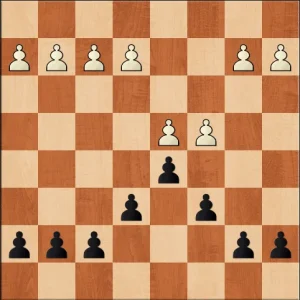
3. Flexible Opening
This is a very flexible opening as Black has many setups and plans to choose from.
It is always good to have multiple approaches to a given position. Firstly, it limits the opponent to prepare against you and secondly, knowing so many different plans helps improve your overall chess understanding.
4. Slav Defense has a rich history
The Slav Defense has a rich history and has been played by many of the greatest chess players of all time. You are joining a long and illustrious tradition by playing the Slav Defense. By choosing the Slav defense you can access so many games played by strong players from the past and present that you will never run out of ideas. If you don’t like an approach in a certain variation then because of such a large sample of games you can discover an approach that favors your playing style.
5. Good for aggressive players
The Slav Defense can also be played aggressively, with Black attacking White’s position and trying to create weaknesses. Some variations of this opening offer wild combative positions that only tactical sharp players can accurately navigate through.
If you feel like you’re one of those players who is tactically sharp but none of the defenses against d4 suit you then you should play the Slav defense.
6. Slav Defense is solid and reliable
The Slav Defense is a solid and reliable opening that can withstand aggressive attacks from White. It is a popular choice for grandmasters and club players alike. It is one of those openings where you can start learning and discover small nuances throughout your entire chess carrier.
The Slav offers numerous opportunities for new ideas that you can truly make the opening yours.
7. An excellent alternative to the QGD
In the QGD Black blocks in his light squatted bishop with the pawn move e6. Whereas in the Slav Black plays c6, and the bishop is free to do its bidding. Also, when White plays Bg5 in the QGD, the f6 knight gets pinned. In the Slav, we are yet to move the e7 pawn so we don’t immediately need to worry about the pin by the bishop.
Even if White tries to force the pin by playing Bg5 we can respond with Ne4 or even Qa5.
8. Slav Defense is a Combative Opening
Rather than sit around and wait for White’s plan. The Slav defense takes the fight to white by claiming that black can afford to give up the center and still for equality and more.
Well, the onus is on White to prove something as White is down a pawn after dxc4. Hence very interesting combat ensures. If you like this sort of approach to the game then you should play the Slav defense.
9. Active Piece Play
The Slav offers active piece play and plans. This is especially important for improving players as playing positions based on good piece activity helps their chess. Also finding ways to increase piece activity helps improve general chess understanding.
10. Importance of Space Advantage
The Slav defense teaches you how to play against a space advantage gained by your opponent. As important as it is to know how to play with a space advantage it is equally important to know how to combat it. If you’re someone who struggles to play when the opponent has a space advantage then you should take a look at Slav games to understand how Black manages to neutralize the space advantage and then proceed to take the game in a favorable direction.
Want to know more about the Slav Defense? Look at this article or GM Sipke Ernst’s course.
You might also like how to fight this opening as well as 7 Reasons Not to Play 1.d4.
Conclusion
The Slav Defense is a time-tested and highly respected opening choice in chess. With its solid and reliable nature, universal structures, and flexibility, it offers numerous advantages to players of all levels. Its rich history and association with great chess players add to its allure, providing a wealth of inspiration and ideas for those who choose to play it.
So, if you’re looking for a versatile and flexible opening that can be adopted by players at any level, the Slav Defense is an excellent choice.
https://thechessworld.com/store/product/slav-defense-for-black-with-im-marcin-sieciechowicz/




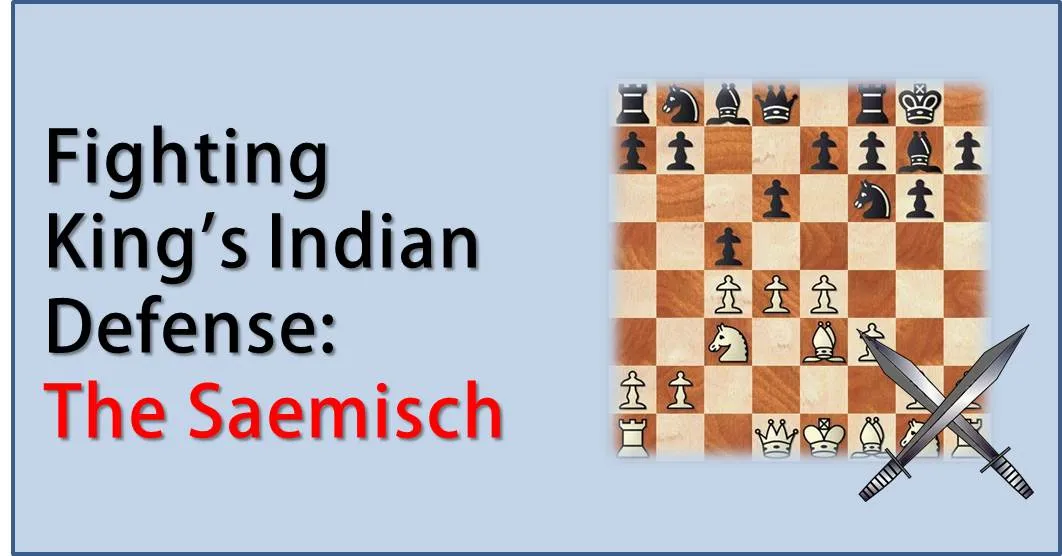
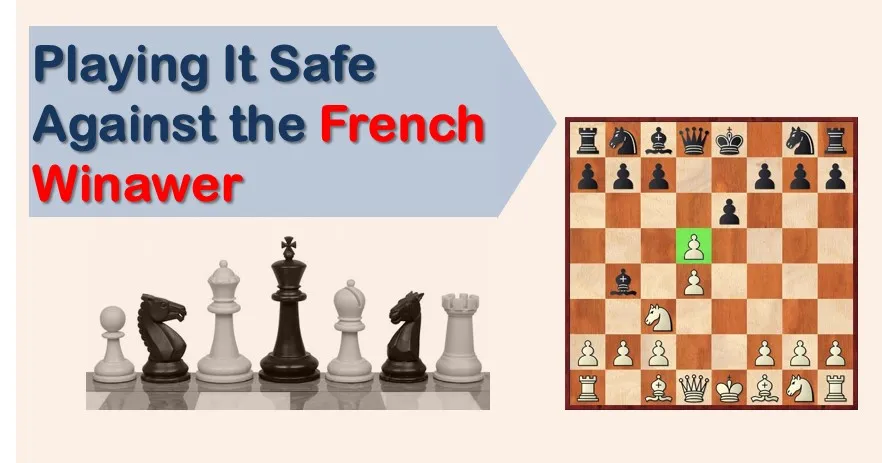




Comments: